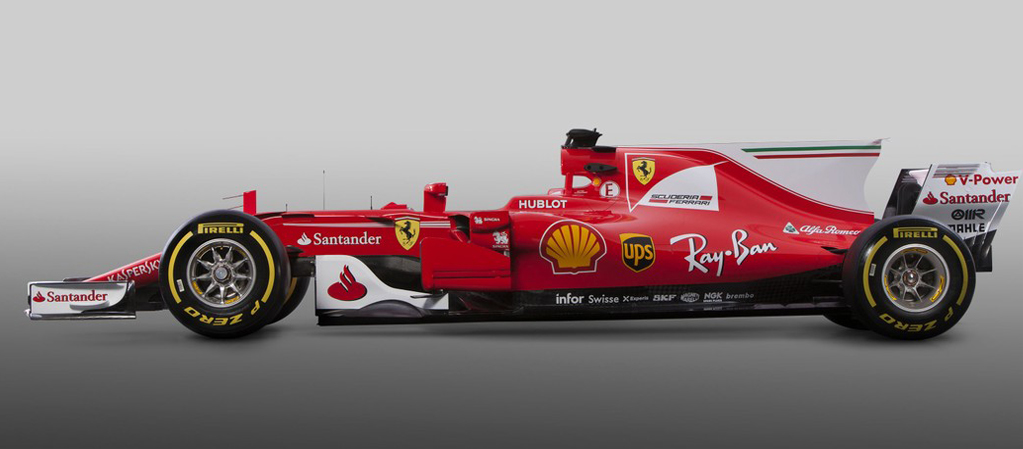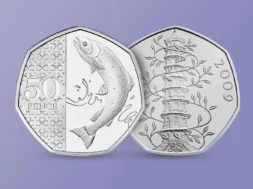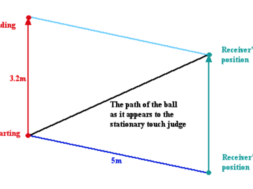
Description

Ferrari SF70H F1 is the 63rd single-seater developed and constructed by Scuderia Ferrari to partake the Formula 1 World Championship. A format modification that has not been seen before in the racing arena that is Formula 1 More often than not, in previous changes the alteration resulted in slowing down the overall speed of the F1 cars. However, this season, the rule changes have moved the opposite direction, suggesting and promoting the cars have more aero downforce and more traction.
Aerodynamic principle
The Gestione Sportiva group has focused its initiatives on discovering the right balance between downforce and aerodynamic friction, or drag. The latest Pirelli offerings are much broader than in the past, by 6 centimetres each one at the front and 8 centimetres at the rear. This escalated frontage area effectively a “brake” on forward drive as does the improved downforce stemming from the 2017 specification front wing, floor and diffuser. Countering this effect, the combination of downforce and the bigger footprint from the tyres translates into increased grip, resulting in higher cornering speeds. In the chassis there are several differences between the 668 project and Ferraris from the recent past: the lengthened nose and the arrow-shaped wing are a repercussion of the rules, as is the prominent shark fin on the engine cowling and the more complicated aero supplements in front of the air ducts on the sidepods, whose unique shape was designed to be in tune with the front crash structure. Noticeable at the front is a streamlined duct that, while behind the driver, the roll-hoop, which incorporates the engine air intake has been completely redesigned. The suspension layout, still retains a push rod design at the front with pull rods at the rear. Tyre changes at pit stops have been speeded up as the hubs and wheel nuts have been redesigned to facilitate the work of the mechanics. Finally, a change that has been implemented as a result of the expected increase in performance this year, the power-steering and braking systems have been uprated.
Power unit
Unlike the aerodynamics, there have been few changes to the regulations. The main one concerns the amount of fuel that can be used by each car during the race: with the predicted increase in performance Obviously if a higher percentage of each lap is spent at full revs, the permitted amount of fuel has increased from 100 to 105 Kg, although the flow rate is still fixed at 100 kg/hour. The uprated Ferrari 062 engine is a definite progression as compared to its predecessor, in the performance race. The layout of some of the mechanical components on the hybrid power unit has been revised, while other areas maintain a similar layout to the 2016 car. Finally the the abolition of the “Token” system allows the teams more room for development through the season.












